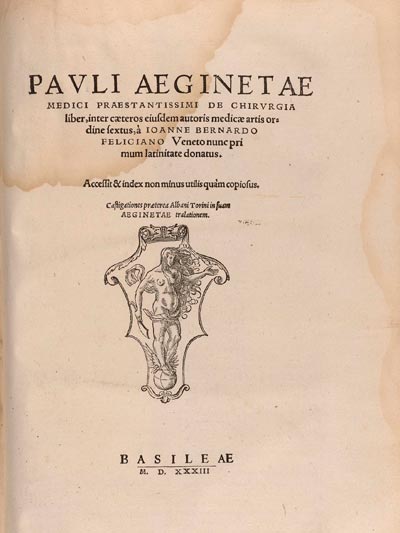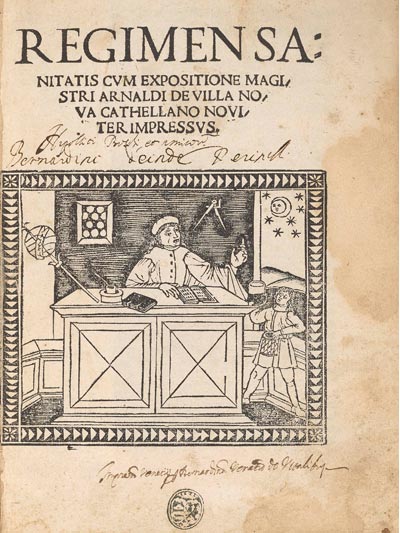Following the introduction of printing in Western Europe in the second half of the fifteenth century, numerous medical texts began to be published in printing shops all over the continent. The nature of these texts ranged from works of popular medicine in the form of broadsides containing astrological medical advice, or instructions on bloodletting, like the so-called Zodiac Man and Phlebotomy Man, respectively, to the most sophisticated treatises like the editiones principes of the complete works of Celsus and Galen. The fact that these early printed editions of around 500, 1,000, or even 1,500 copies, could be distributed all over Europe, particularly through international book fairs like those established in Frankfurt and Leipzig, exposed ancient and medieval texts to the scrutiny of an increasingly larger number of readers. Moreover, early printed books generously incorporated illustrations in the technique of woodblocks and copperplate engravings, greatly spreading, and improving, the existing anatomical and medical knowledge in general. On display are three examples of early printed books with texts that were widely copied in the Middles Ages: the works of Paul of Aegina, Guy de Chauliac, Albucasis, and the popular medieval manual Regimen sanitatis.




